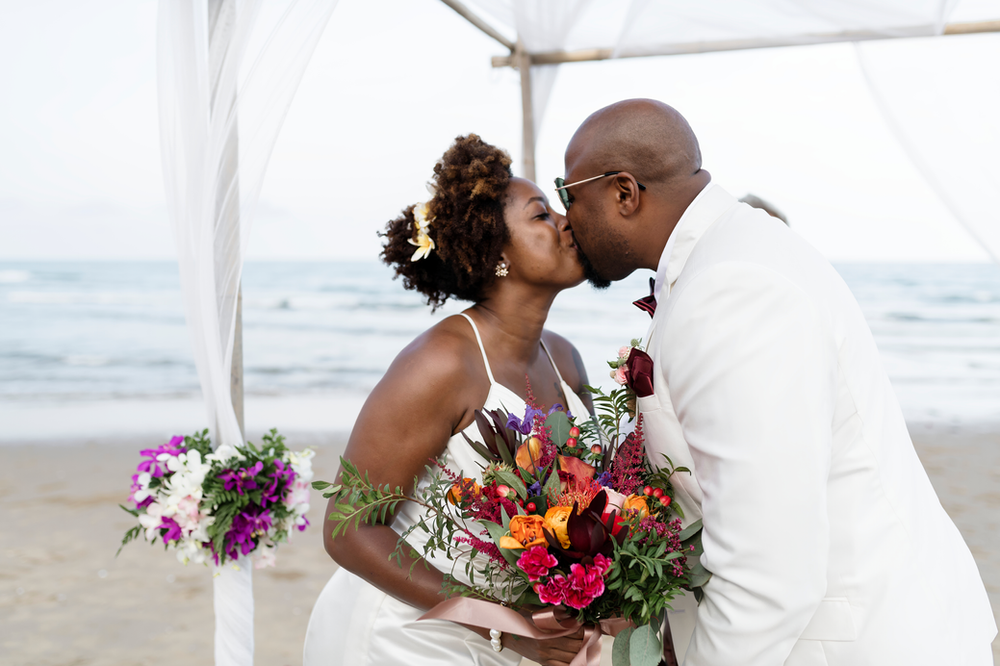
Space to Ask
I grew up in a family that seemed normal and healthy to me—what else would I have been able to compare it to? Only years after I left home and found myself encountering toxic relationship patterns did I even begin to have the space to ask, “Where are these patterns coming from?”
This isn’t a cliché post about overcoming a toxic relationship and moving on. Because, in truth, I did do that many times. I would realize that the person I’d been seeing was unconsciously gaslighting, shaming, or manipulating me, and I would leave.
And, to my credit, I have had some wonderful friends and lovers through that discernment. But the relationships that would always grab me, always excite me the most, were the most dangerous and abusive ones. Why would I slip back into something I had just learned was a terrible mistake?
I searched inside of myself for my most masochistic tendencies: the deep, secret desires that I must have been harboring to commit such self-sabotage over and over again. Instead, I found a blindspot. I instantly understood why my psyche had gone to such great lengths to avoid stumbling across this. Looking at it directly was one of the most painful, unflattering, and humiliating experiences I have ever had.
Ending the Cycle
I realized I inflicted the same emotional abuse onto others that I had been so wounded by receiving. In my early childhood, my parents’ behaviors enculturated me into a world where emotional abuse and shaming others was what we did to those we loved the most.
I saw how I internalized the abuse I received and learned to triangulate it—sometimes playing the role of the victim, sometimes that of the bystander or rescuer, and sometimes that of the abuser. Before, I had wanted to believe that I was just the one being abused.
My shadow was the unconscious abuser, the part of me that I didn’t want to believe was me.
I came to understand that when I was emotionally abused as a young child, I then became a vector for transmitting that same abuse forward myself. I hadn’t yet built an immunity to it, because I didn’t know it was wrong. I was simply doing what children do: I was learning from those around me how to behave.
Making Amends
Difficult and unfair as it seemed for me to have to own my own abusive tendencies given the pain I had been through at the hands of other people I had trusted, I knew that this was the only way to end the cycle of abuse once and for all. Instead of perpetuating the pattern of blaming others, I took personal responsibility for my abusive behaviors for the first time.
I called my previous partner and made amends. I apologized for the years of emotional abuse I had unintentionally put him through—making him feel as scared and small as I did, giving him mixed messages about wanting him in my life, and shaming him for simply being himself.
I now had compassion for myself for unknowingly abusing the people I loved, and understood why the people I loved had unknowingly abused me. I was no longer an unconscious participant in a generations-old cycle that had caused so much suffering and despair. I was finally able to go forth and cultivate a truly loving and healthy relationship for the first time without any confusion or reservations.
By owning my own shadow, it no longer owned me.
Now when issues arise in my relationship, I can see them clearly and address them without defensiveness. When my partner or I have an issue, we can bring it up without fear of the other person recoiling or making accusations. We are on the same team instead of fighting on opposite sides, and I feel fully comfortable and safe in us.
Finding Freedom
Ending the cycle of abuse and finding the freedom to have truly loving relationships takes a willingness to delve into the shadows of your psyche and bring the sick parts of yourself into the light.
It takes a willingness to see and be seen.
Shadow work can be done gently, skillfully, and effectively with the guidance of someone who has been there too. If you’d like support in your journey navigating these inner realms, please get in touch.
Learn more about our approach to trauma integration.
———————————————————————————————————-




